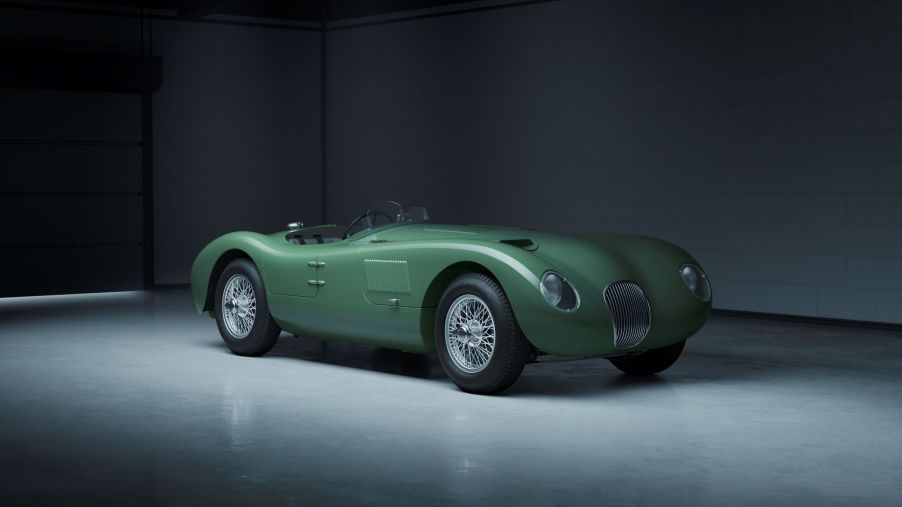
The Legendary Jaguar C-Type Will (Briefly) Prowl Again
While replicas can finally be sold with powertrains, they’re not the only ways of getting brand-new classic cars. Several automakers have been dipping into their histories and reviving hallowed models with modern build standards. Bentley, for example, brought back the Blower; F1 manufacturer BRM is building new V16-powered Type 15s. And then there’s Jaguar, which has already released several continuation cars. But now it’s recreating another famous model: the Jaguar C-Type.
The original Jaguar C-Type was a Le Mans-winning tour de force
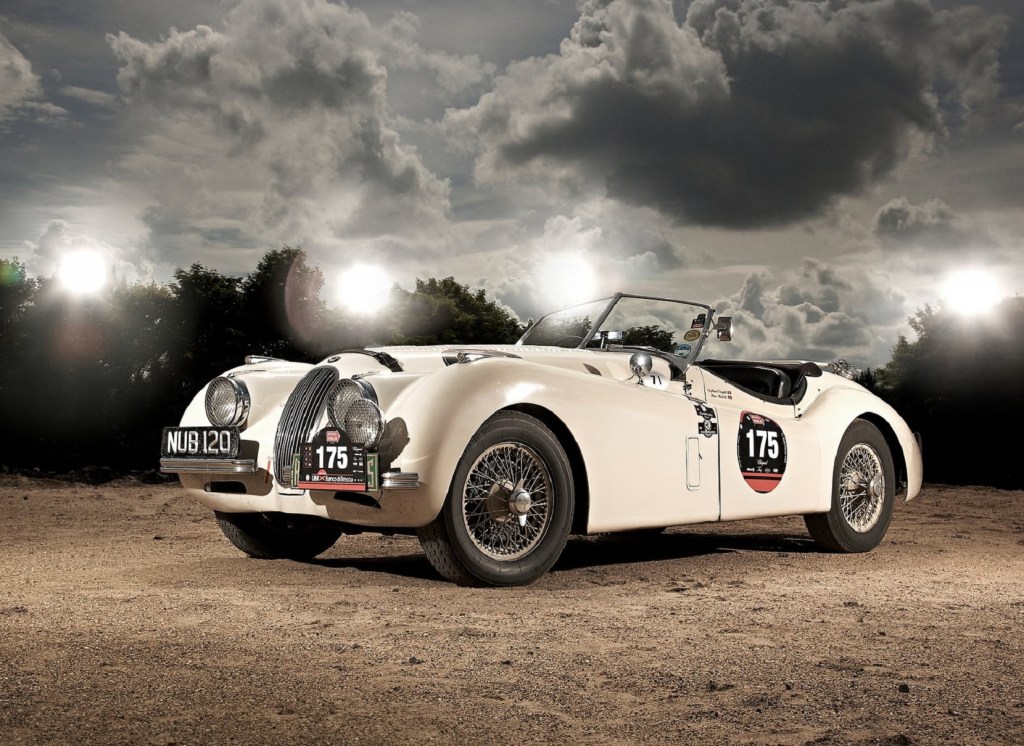
The Jaguar C-Type story starts with the XK120, Automobile explains, the automaker’s first post-WWII sports car. Thanks to its design and powerful inline-6 engine, the XK120 was the fastest production car in the world at the time. Naturally, some owners took their cars racing. And eventually, Jaguar itself decided to do the same.
Initially, Jaguar tried to modify the existing XK120. But all that really carried over from the road car was its powertrain. And even there, Jaguar made several modifications. So, instead of calling it ‘XK120C’ as planned, Jaguar called it the C-Type.
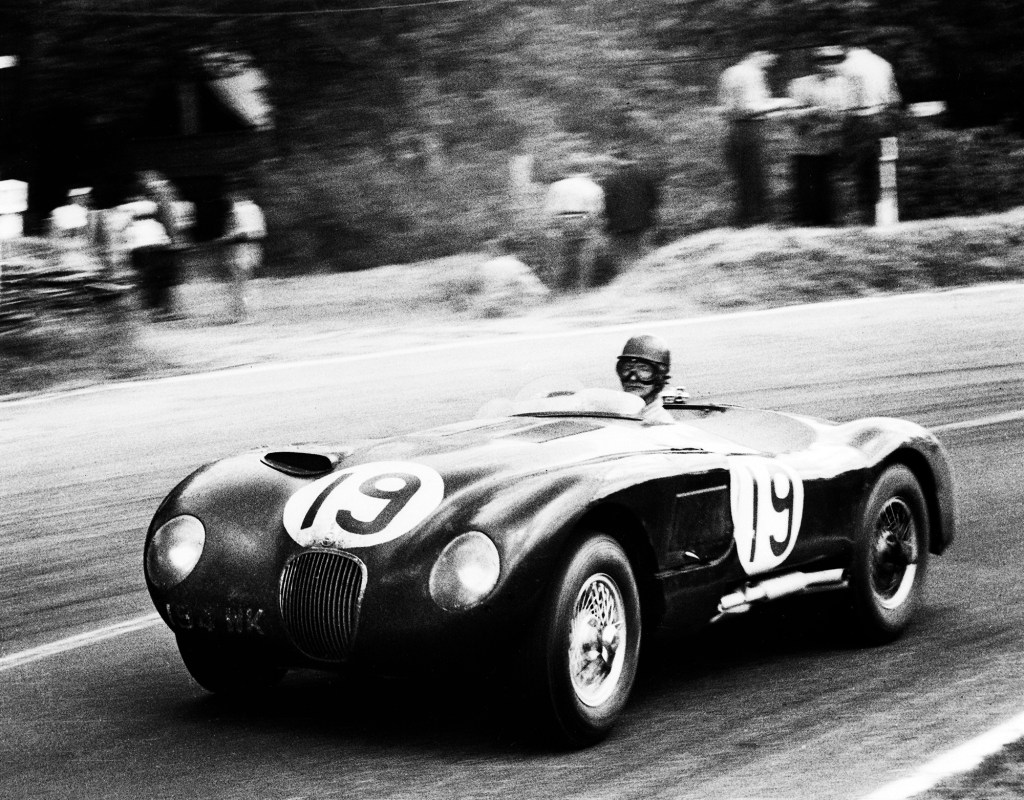
The 1951 Jaguar C-Type doesn’t use the XK120’s steel frame, RM Sotheby’s reports. Instead, the race car has a custom tubular frame, one of the first of its kind. With it and the aluminum bodywork, the C-Type is significantly lighter than the standard XK120. And because it uses a revised version of the XK120’s suspension, it handles better, too.
Plus, the Jaguar C-Type is more powerful. Thanks to new pistons, a better-flowing exhaust, racing camshafts, and an upgraded cylinder head, the C-Type’s 3.4-liter inline-6 makes 200 hp, 40 more hp than the XK120, RM Sotheby’s reports. The 1953 models had an extra carburetor, bumping the output to 220 hp, Autoblog reports.
Speaking of 1953, initially, the Jaguar C-Type had drum brakes, like the XK120. However, in 1953, it became the first race car with disc brakes, Automobile reports. Helpful, given that the 1951 model set a lap-speed record at that year’s Le Mans race of 105.232 mph, the first car to break the 100-mph barrier, Top Gear reports. And also, because the Jaguar C-Type doesn’t have a roll cage or even a roof.
But what it does have is speed. The Jaguar C-Type won the 1951 and 1953 Le Mans races, the first of seven victories there for the brand, The Drive reports. And racers like Phil Hill and the late Sir Stirling Moss raced C-Types in events like Italy’s Mille Miglia.
For the C-Type’s 70th birthday, Jaguar is making some continuation cars
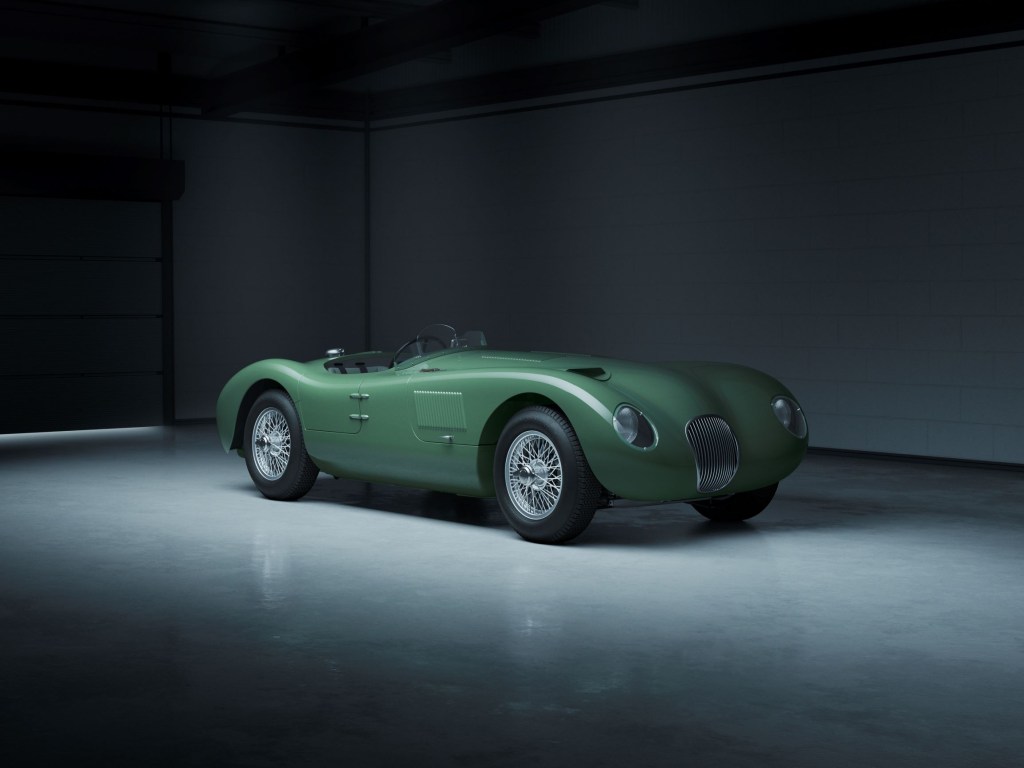
Jaguar originally made 53 C-Types, but only sold 43 examples to private owners, Road & Track reports. But, because 2021 marks the 70th anniversary of the race car’s first Le Mans win, Jaguar is building a handful of continuation cars to celebrate.
However, rather than building them to the original 1951 spec, the continuation cars are based on the 1953 car, Motor1 reports. So, that means these new Jaguar C-Types have the triple-carbureted 220-hp 3.4-liter inline-6, 4-speed manual, and disc brakes. Plus, if the owners want, they can order their car with FIA-spec racing harnesses. That’s because these C-Types, although not road-legal, are approved for historic races, Hagerty and Car and Driver report.
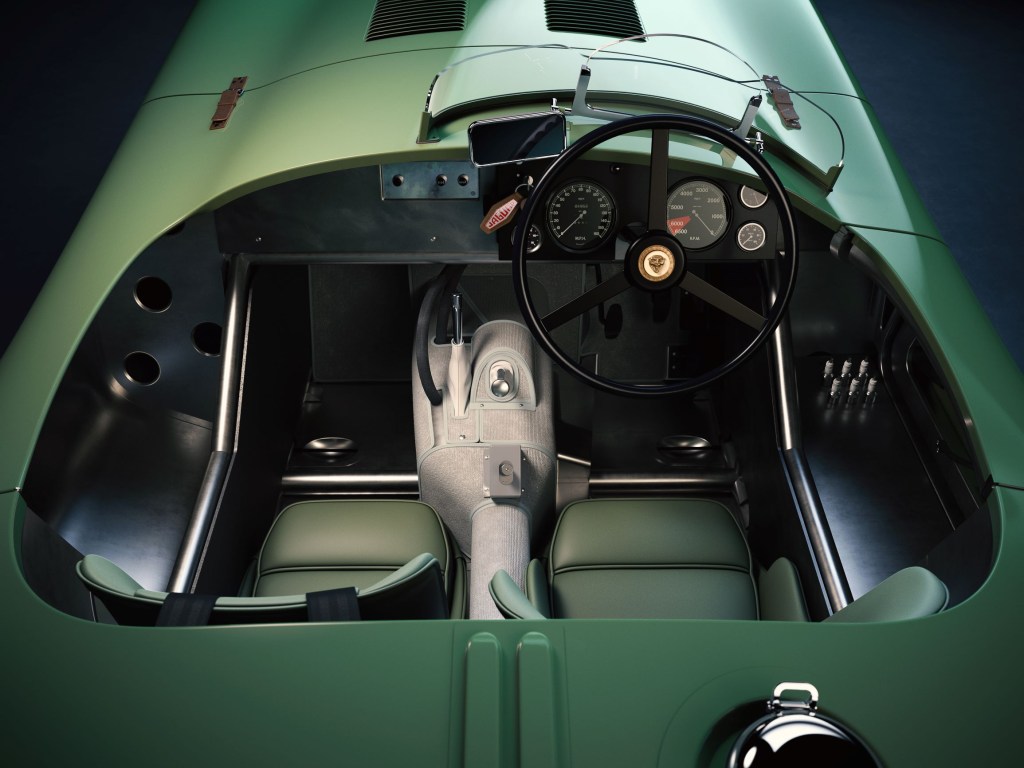
Like the original C-Type, these continuation cars are fairly bare-bones, Jalopnik reports. But they’re based on original blueprints and records, as well as 3D scans of an original C-Type, Autoweek reports. And buyers can choose from 12 different exterior colors and eight different interior colors.
They won’t be cheap, and they’ll definitely be rare
Inevitably, getting a continuation Jaguar C-Type won’t be easy or cheap. Production is capped at eight units, with a price high in the ‘if you have to ask’ range. That’s somewhat appropriate, given that even a ‘fair-condition’ original C-Type costs well over $2 million, Hagerty reports.
But Jaguar isn’t the only company making C-Types. Back in the 1950s, a Scottish team named Ecurie Ecosse enjoyed extensive success with both the C-Type and its successor, the D-Type, Top Gear reports. The team disbanded shortly thereafter but reformed in 2011. And now, it’s building a modern version of its C-Type racer, Hagerty reports.
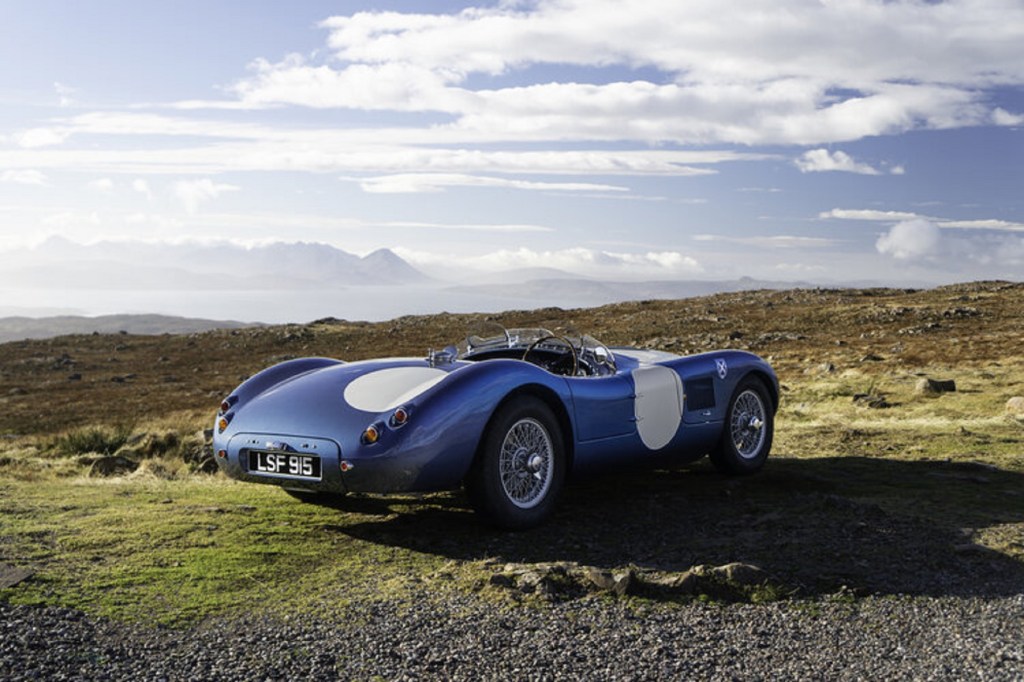
True, the Ecurie Ecosse Jaguar C-Type ‘LMC’ is more of a replica than a true continuation. However, while it still has a steel tubular-frame chassis with hand-beaten aluminum bodywork, the chassis itself is stiffer. And while it has an inline-6, it’s a 4.2-liter engine with fuel injection rated at 300 hp. Plus, it has upgraded brakes and suspension, a 5-speed manual, leather-trimmed aluminum seats, and built-in TAG Hueur stopwatches.
The Ecurie Ecosse Jaguar C-Type will actually be rarer than the continuation car; the Scottish team is only building seven. However, at roughly $710k, this C-Type is noticeably cheaper. And, unlike the continuation model, it’s road-legal.
Follow more updates from MotorBiscuit on our Facebook page.


